
In this insightful podcast, Jane Friedman takes us through seven critical elements that are foundational for any author who is serious about their writing career.
I've summarised some of the key takeaways that resonated with me, but listen to Jane's broadcast yourselves to delve into the subject in greater detail.
7 Things An Author Should Do Podcast
1. Have your own Author Website
Your author website is your hub for marking and promotion activities and lets the world know what you do and why you do it. In less than an hour you can choose and buy a domain name, and start hosting your own website, which becomes your online business card.
2. Make sure your Author Website is mobile friendly
Take the URL of your author website and run it through a mobile friendly test.
Google Mobile Friendly Test: https://www.google.com/webmasters/tools/mobile-friendly/
You will see whether your site is optimised for mobile, and can view feedback about how to make your author website more mobile friendly.
Another free tool is Website Grader that is powered by Hubspot, but you have to provide your email.
 WordPress is the #1 shortcut for getting a mobile friendly website up and running.
WordPress is the #1 shortcut for getting a mobile friendly website up and running.
If you’re tech savvy, you could consider using programmes like Google AMP (Accelerated Mobile Pages) or Facebook Instant Articles, to create content that loads faster of mobile devices.
WordPress has plugins for those two applications that help prepare your site for these two applications. It’s early days for these programmes, but if you’re blogging, you should be taking these into consideration
3. Have consistent bios on social media and website platforms
 Social media are the spokes that lead into your website hub, and many authors are not as strategic about describing themselves in their social networks, as they should be. Be consistent in the language you use, and focus on a couple of things that you want to be known for.
Social media are the spokes that lead into your website hub, and many authors are not as strategic about describing themselves in their social networks, as they should be. Be consistent in the language you use, and focus on a couple of things that you want to be known for.
Here’s Jane's quick checklist:
- Use the same name across all profiles (where possible)
- Always link back to your website (enforces SEO)
- Mention consistent keywords in your bio
- Check how your profiles show up in search results
4. Improve the imagery and videos you use
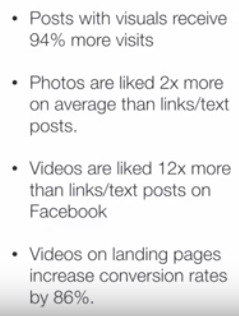 Images and videos are important for an enhanced mobile experience. There’s lots of metrics available about the impact images and videos have on engagement and conversion, and I've included a couple of key ones that Jane mentions in her Podcast.
Images and videos are important for an enhanced mobile experience. There’s lots of metrics available about the impact images and videos have on engagement and conversion, and I've included a couple of key ones that Jane mentions in her Podcast.
If you're in any doubt about the power of images, doubt no more. By adding something visual to your content you're will increase you audience engagement. When you add images, your content pops.
At a bare minimum, you should be adding more static images to your social media and blog content. When you use free online tools like Canva, you have easy to use tools that create eye-catching images (they also have a blog that includes lots of design tips that help you over your design humps.
5. Explore your entire demand curve
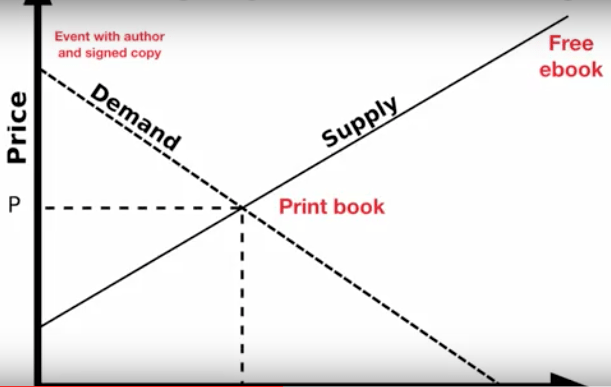
Your demand curve should show the products you offer your audience, and these be plotted in a graph based on the price point they’re being offered at.
When you look at what you have to offer, you should aim to have products at different sections of your demand curve because as the price goes up on the product offerings, your audience-pool goes down. e.g. more people are likely to download your free ebook, than pay a premium price to hear you give a reading of the same book at a ticketed event at a book fair.
Jane recommends that authors work on increasing the number of points (product offerings) along their Demand Curve.
- If you're selling your print book that would be in the centre of your Demand Curve (Medium Cost, Medium Demand)
- If you give away an ebook (or write articles about your book on your blog) that would be on the far right of your Demand Curve. (Lower Cost, Higher Demand)
- Then any events you charge for or ecourses you host would be on the left of your Demand Curve. (Higher Cost, Lower Demand)
By using a Demand Curve, you have a visual representation of the different ways you can market and promote the same content across your network.
6. Mine information that is useful to connect with readers
At the end of the day if you want to reach more readers, you need to know where to find them. And there's analytical tools available that can even help the analytical-phobics out there.
Your social networks offer analytics, and these free tools give you access to the type of audience you're attracting and discovering a little bit more about them. Jane's podcast also covers some of the free and paid tools offered by Moz.
You can also spend time Goodreads and Library Thing, to discover how your reader's talk about the books they're reading. Insights into how they describe books in your niche, can help you with your competitive analysis. Library Thing's TagMash option lets you type in keywords to see which books fall within the intersection, so that you can explore the audience communities and other authors in your niche.
Here's a slideshare that Jane shares in her podcast, that was created by Peter McCarthy from the Logical Marketing Agency, which in an in-depth look at how to get to know your audience in an online environment.
7. Make important Marketing efforts trackable
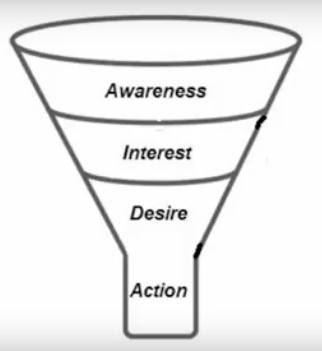 Can you answers these questions:
Can you answers these questions:
- What's your funnel?
- What's your conversion rate.
If you haven't set up your Sales Funnel and know what activities are leading your customers from awareness of your books, to the point of purchase, then how do you know if your online activities have a return on investment?
Here's some tools you can use to help you make your marketing and promotion efforts more trackable:
- Install Google Analytics to start a baseline of data, and to track the source of your website's audience. Then use it to set goals and set up funnels, and start to measure success your rate.
- Dashboard Junkie has some free dashboard templates to help you view and interpret your analytics
- Search Google Analytics Dashboard and see other dashboard options.
- Use Link Shortener tracking tools to see where and how many people clicked on your promotional links.
- Using an Amazon Affiliate link is another way to track the source of your customers.
Using Link Shorteners and Amazon Affiliate links takes a bit of front-end effort to set up, but within a month you'll have enough information to see where your promotional efforts are being rewarded. You'll know whether it was your Twitter, Facebook, Blog or Newsletter activity that attracted the most attention.
7 Things an author should do @janefriedman #podcast Share on XHow many of these seven elements have you implement for your author brand?
Watch the Video of this Broadcast from our London Indie Author Fringe Event

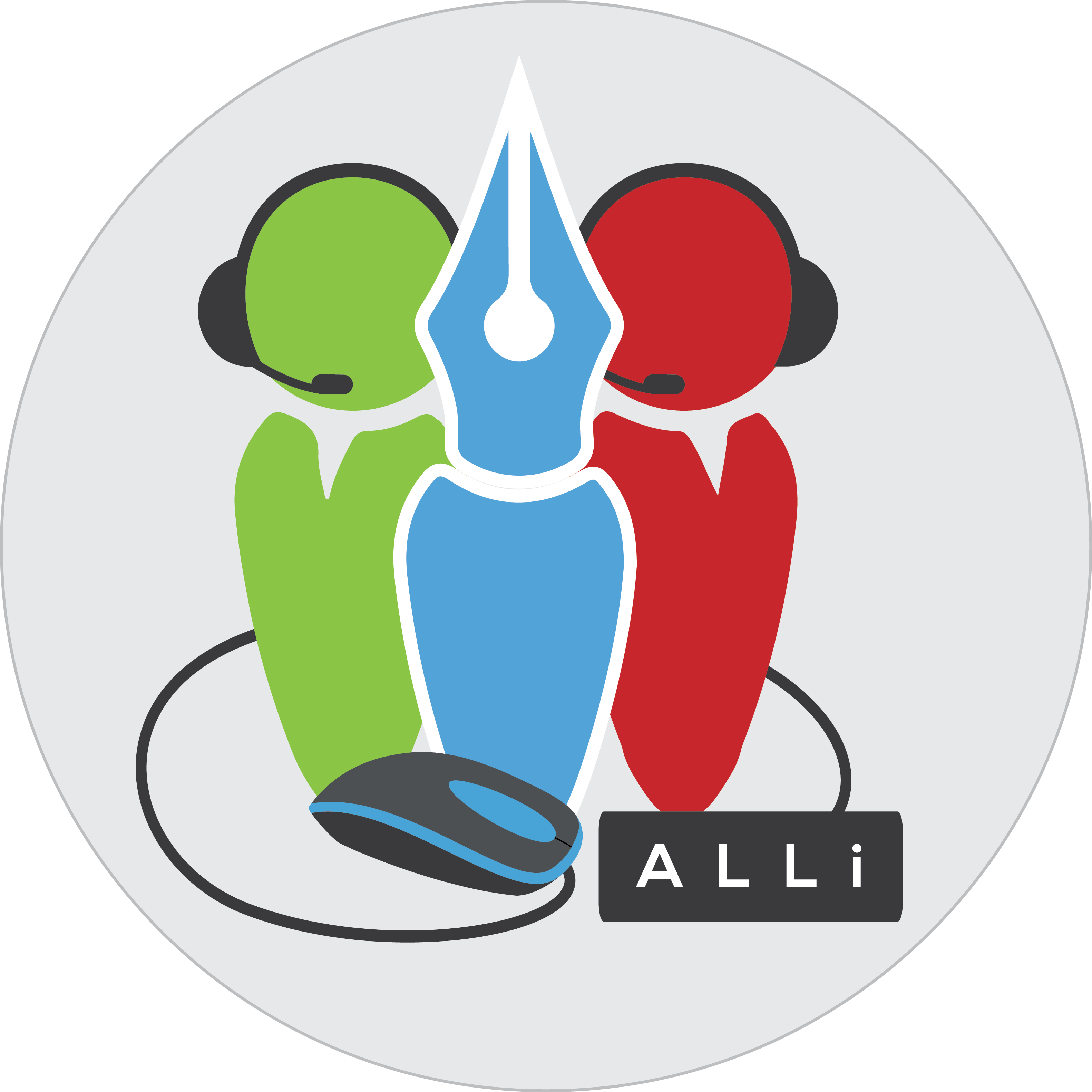
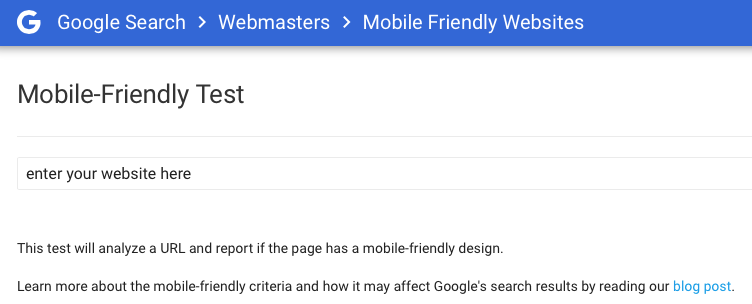



Awesome Tips. I’m bookmarking this and following it step by step – diligently! Thank you so much.
Hi:
Thank you for the tips I hope will slowly help me promote my eBooks to the public better.
Step #1 Have your own Author Website. Done
Step #2 Make sure your Author Website is mobile friendly. Awesome! This page is mobile-friendly.
Step #3 Have consistent bios on social media and website platforms. I don’t do social media because of my ex-wife. I do have a bio page on my website.
Step #4 Improve the imagery and videos you use. I am not at this stage knowledge wise yet.
Step #5 Explore your entire demand curve. I found this part of the article interesting.
Step #6 Mine information that is useful to connect with readers. Knowing what readers are reading is important. For example, I calculated for 2016 the total of number of downloads for each of my 25 eBooks by title. I was quite surprised to see what the top 4 eBooks were that were purchased. It will play a role in future eBooks written.
Step #7 Make important Marketing efforts trackable. I found this section interesting as well. My challenge is working with two previous head injuries that complicate how I comprehend and process details.
Looks like you’ve made amazing progress through the list Raymond. I’m sure you’re well ahead of many authors. It’s just great that Jane has boiled critical activities down to 7 … more than achievable for all of us …